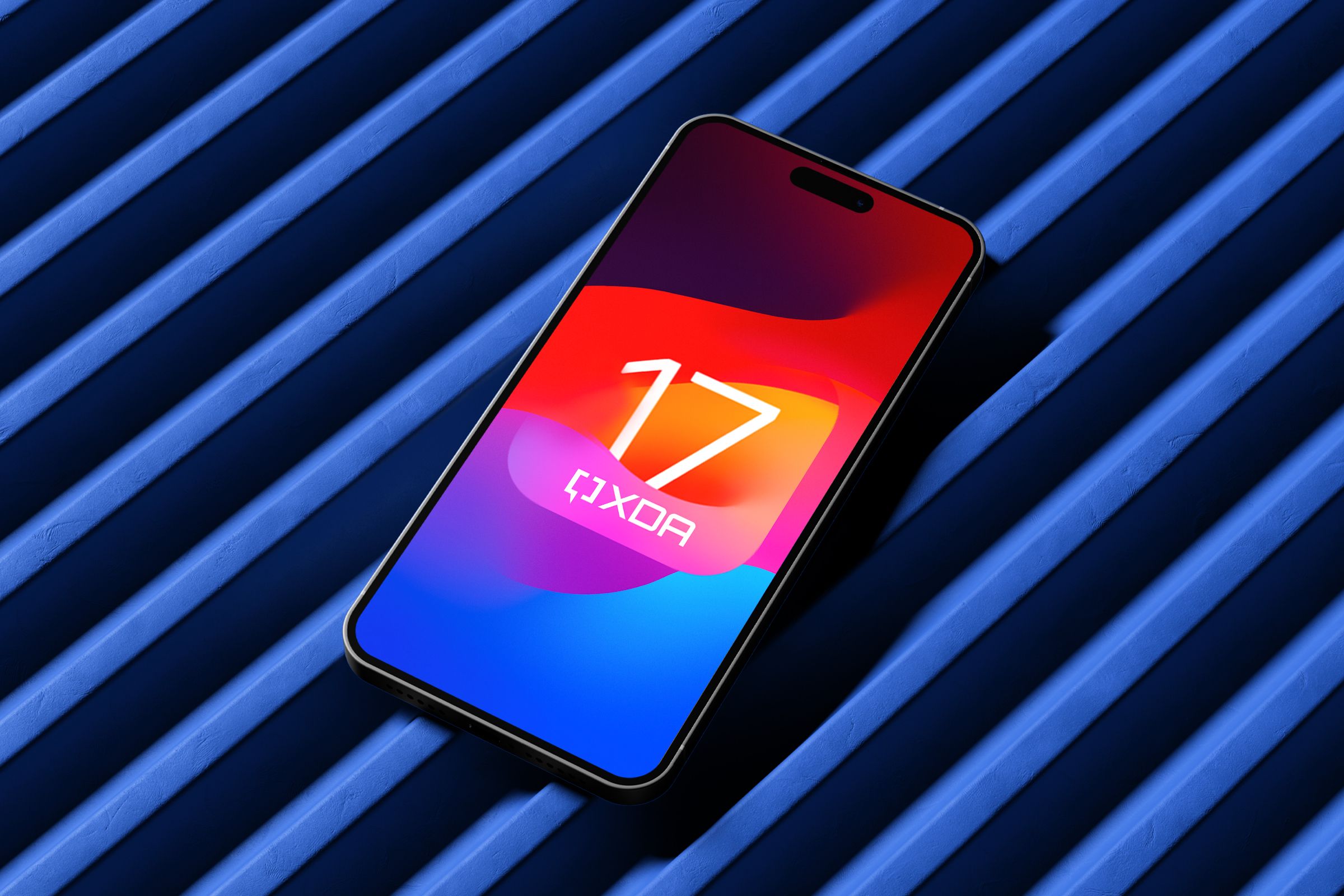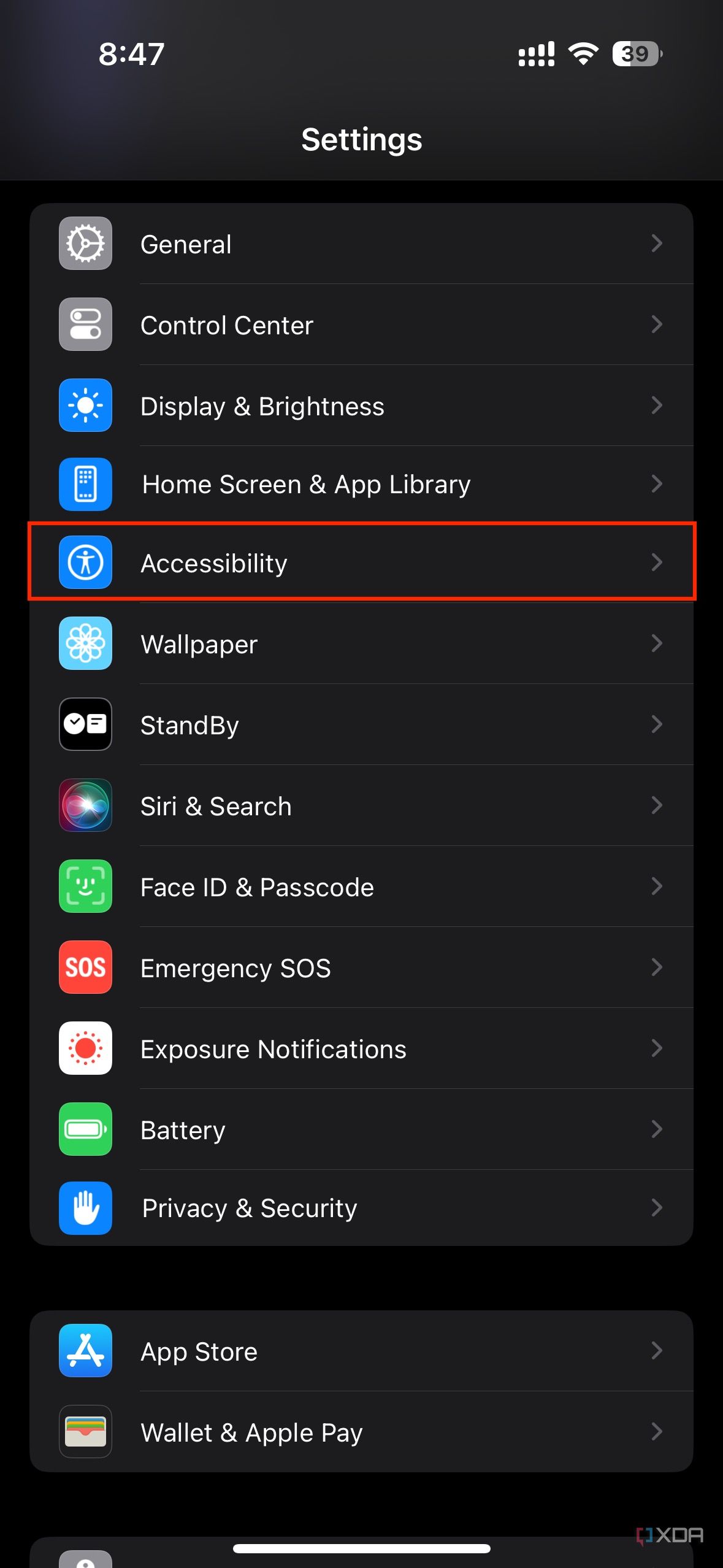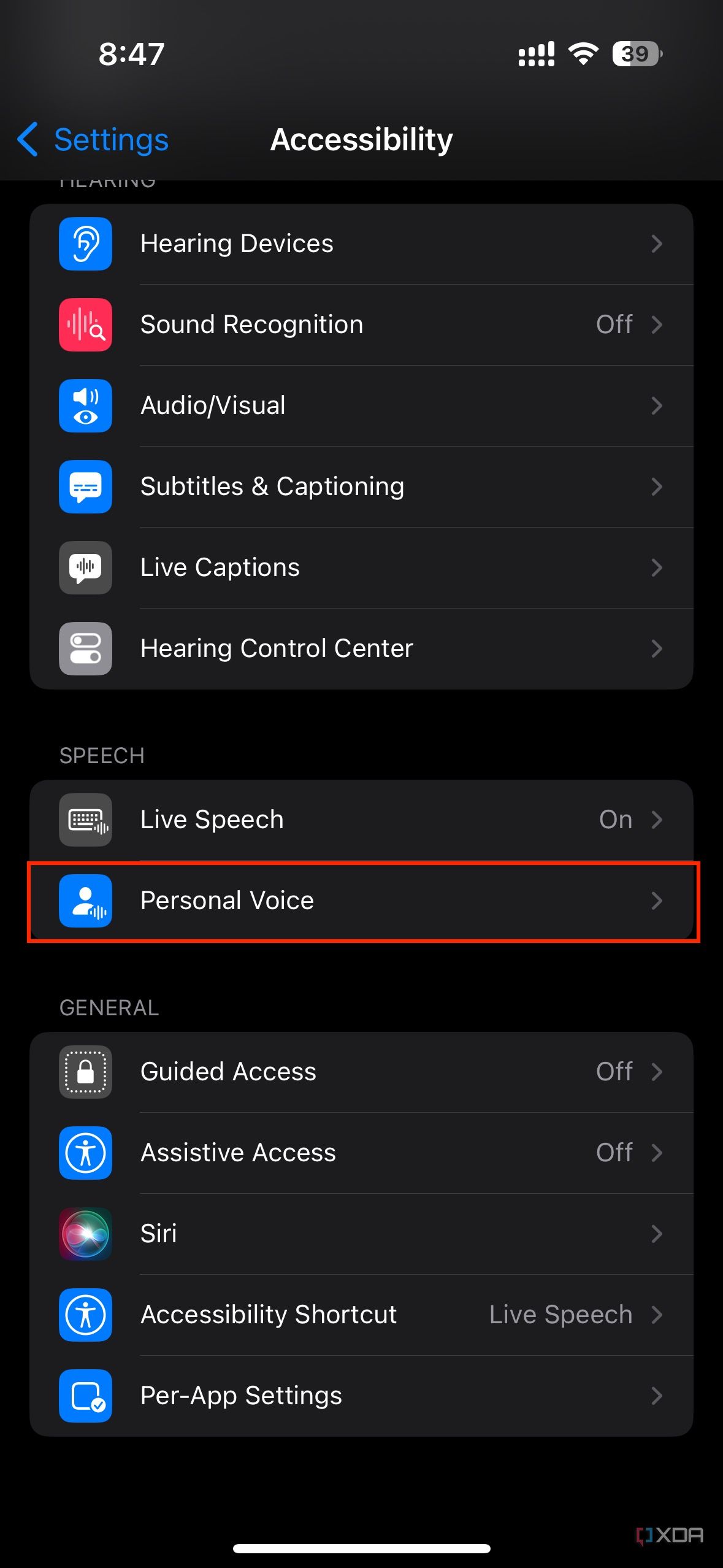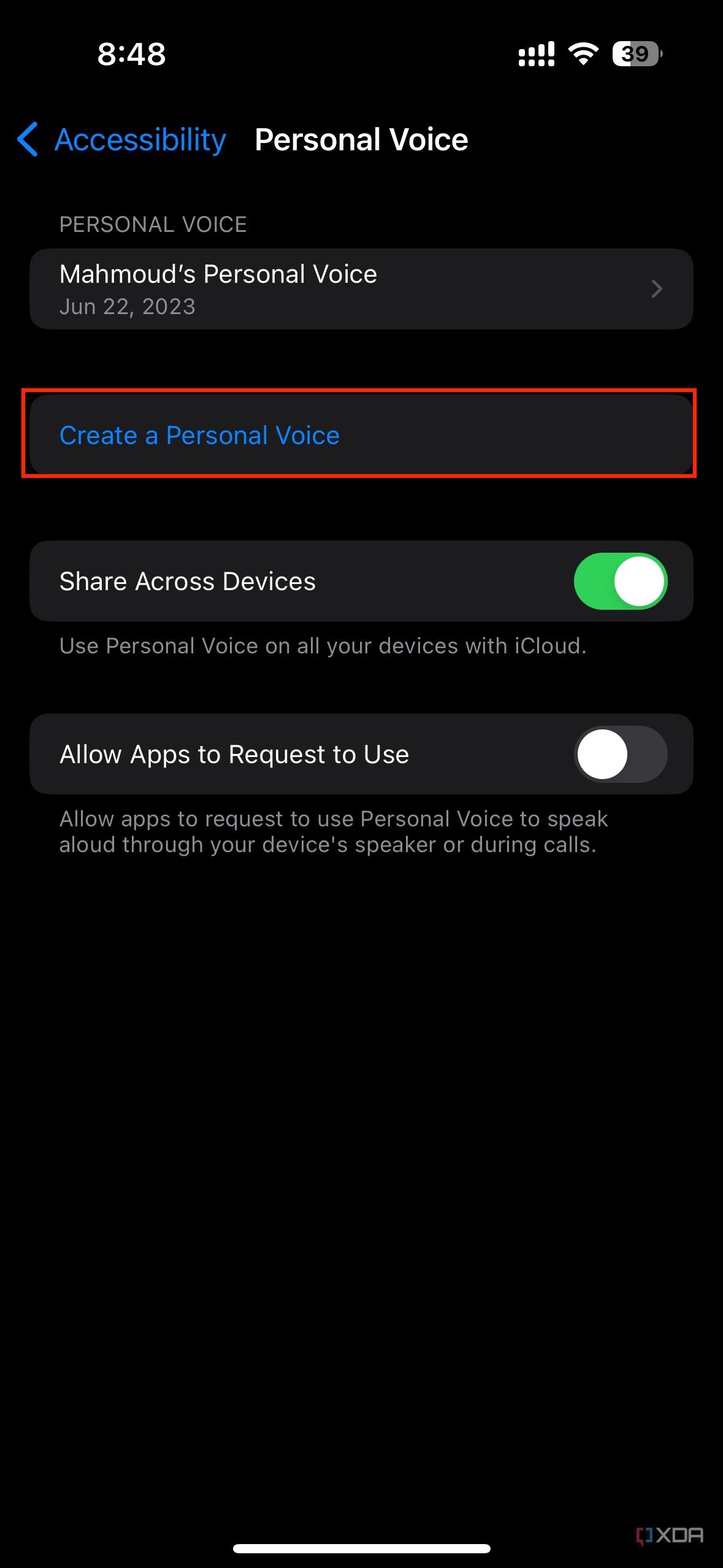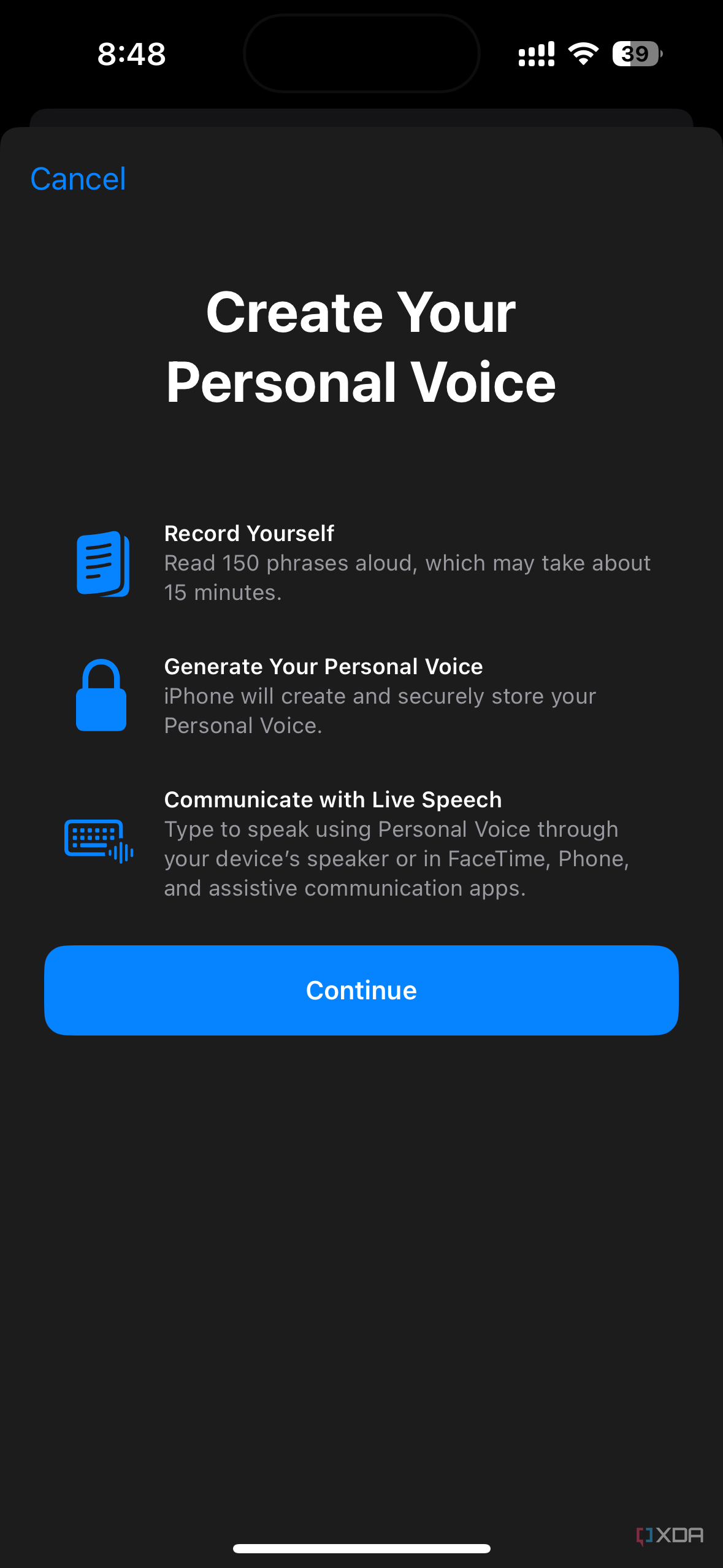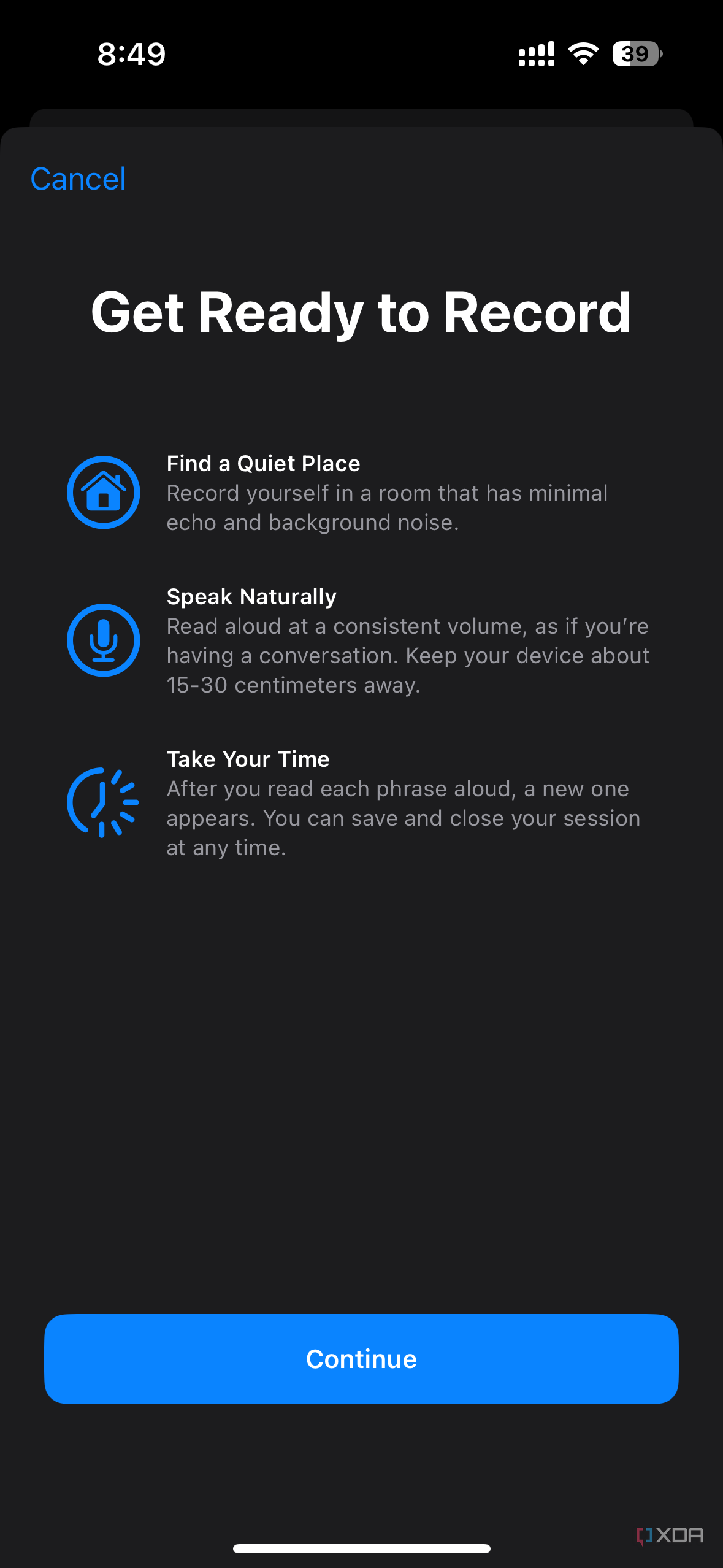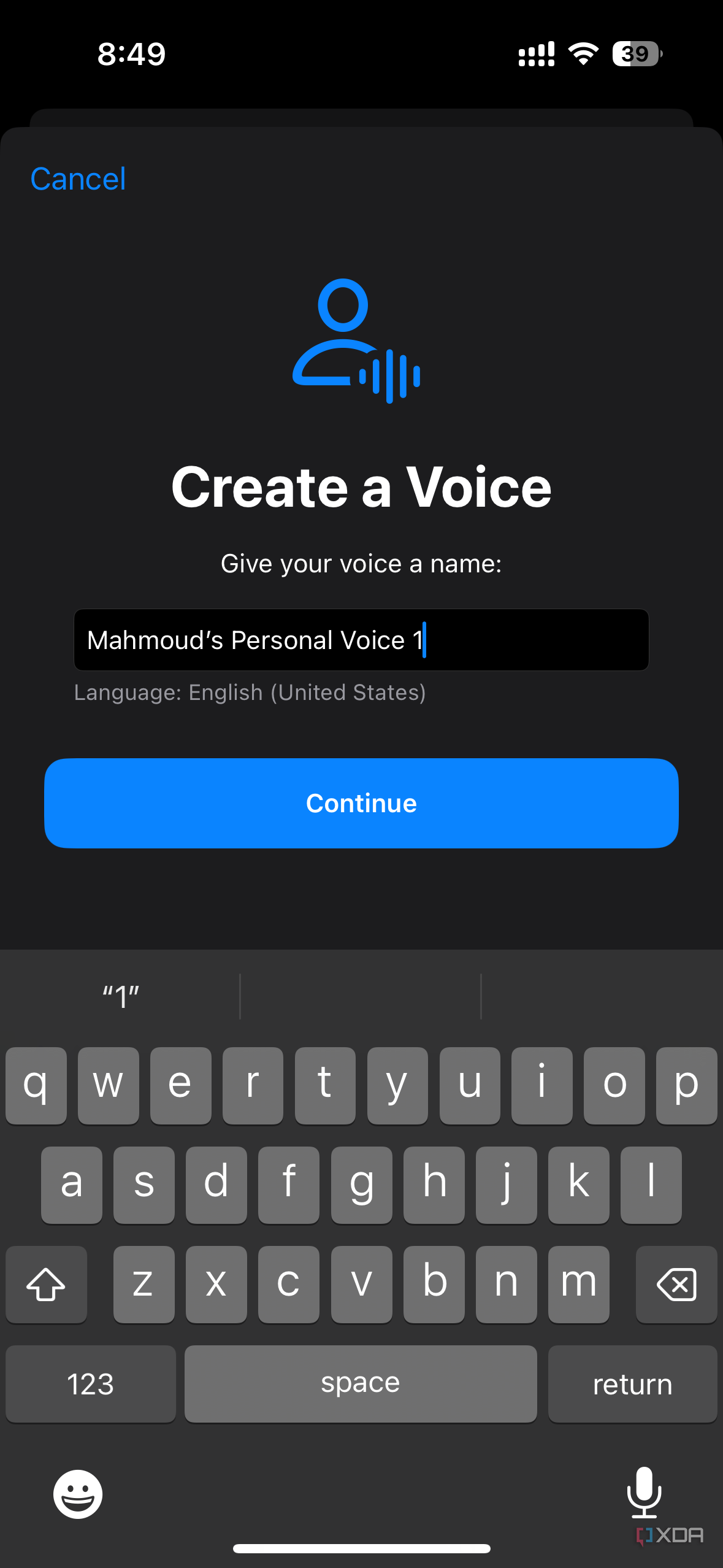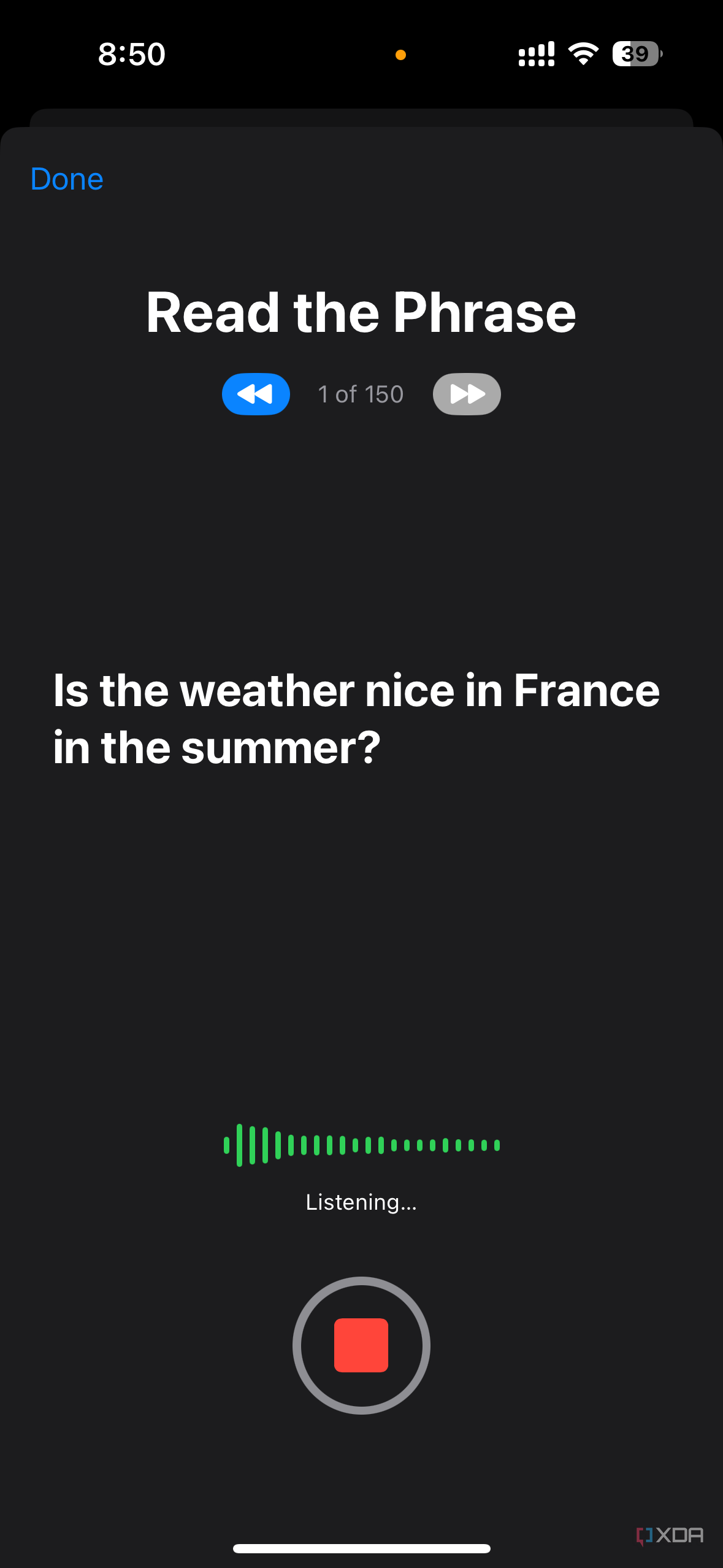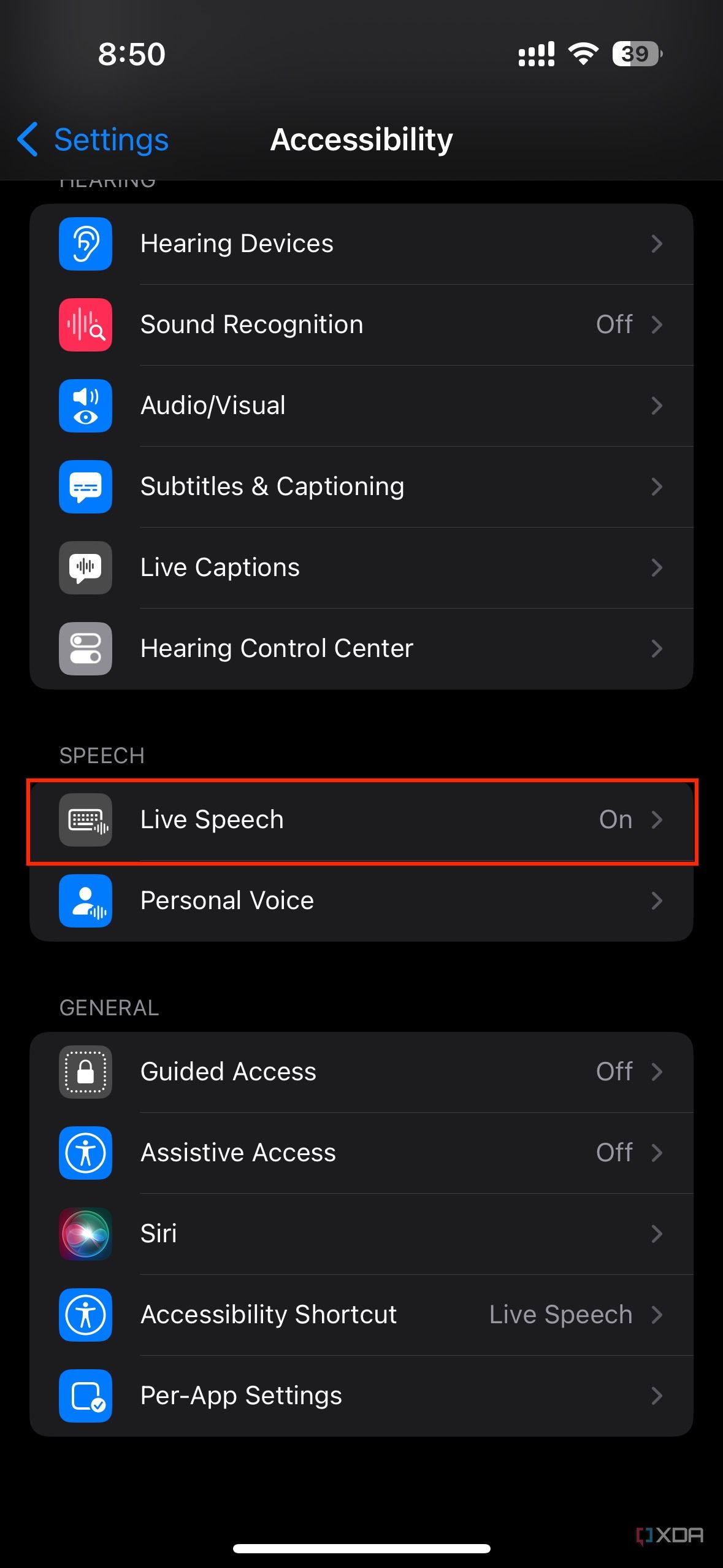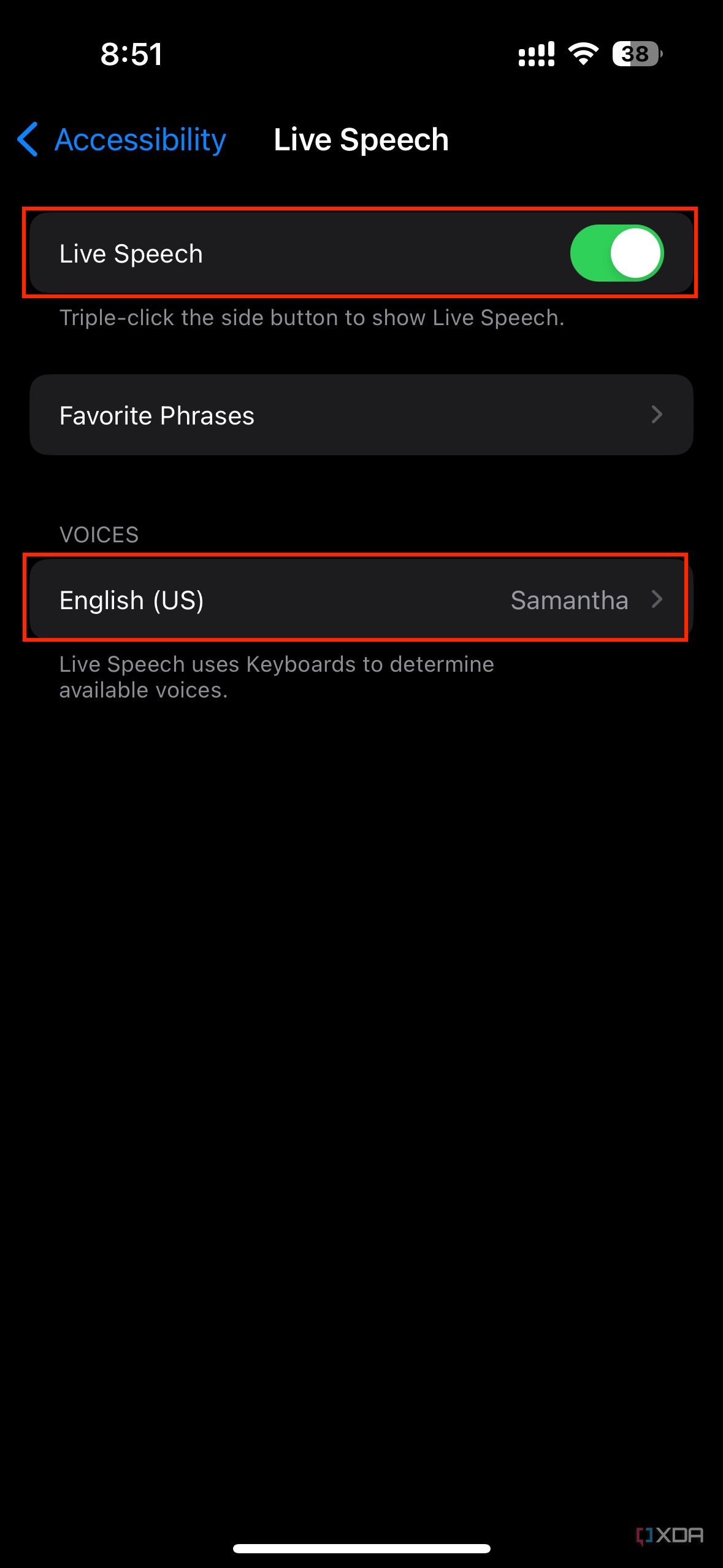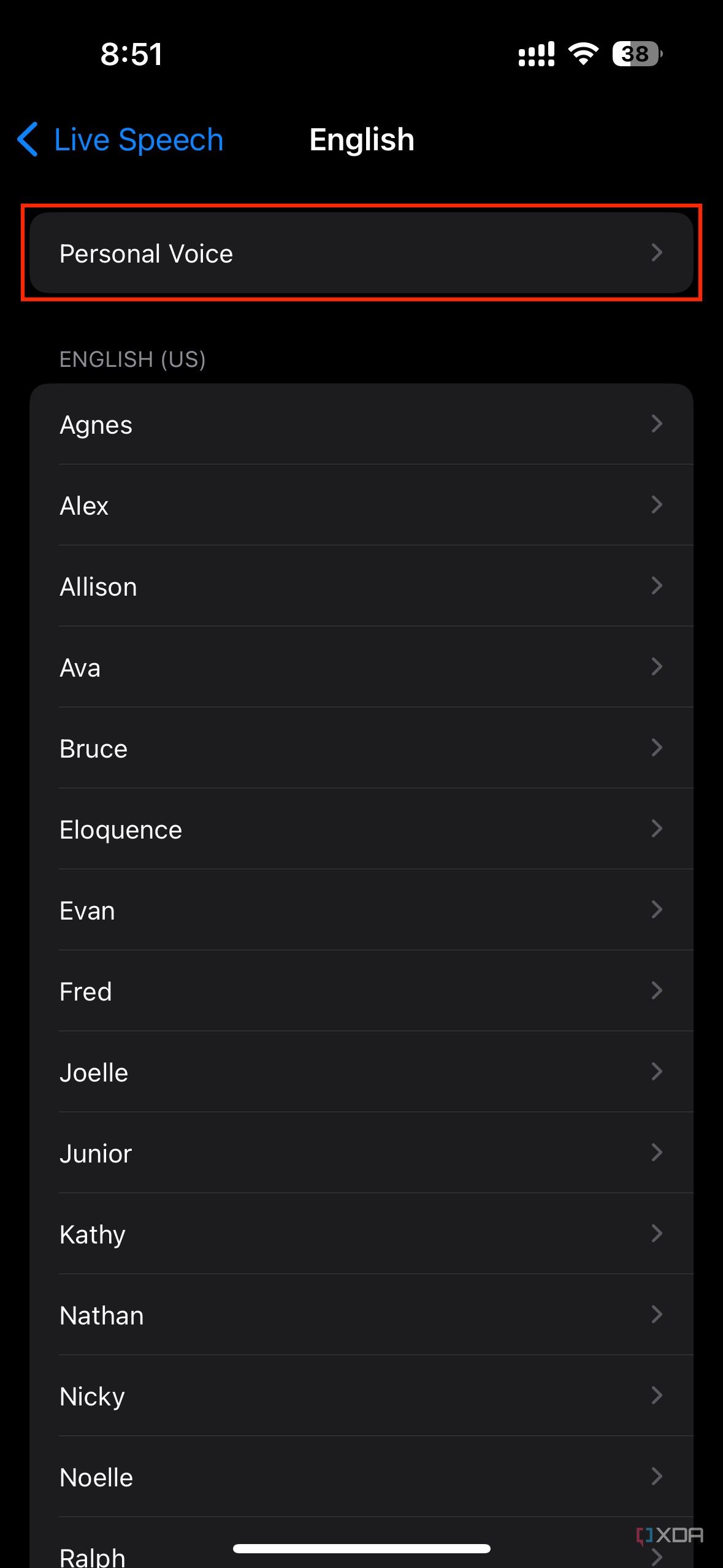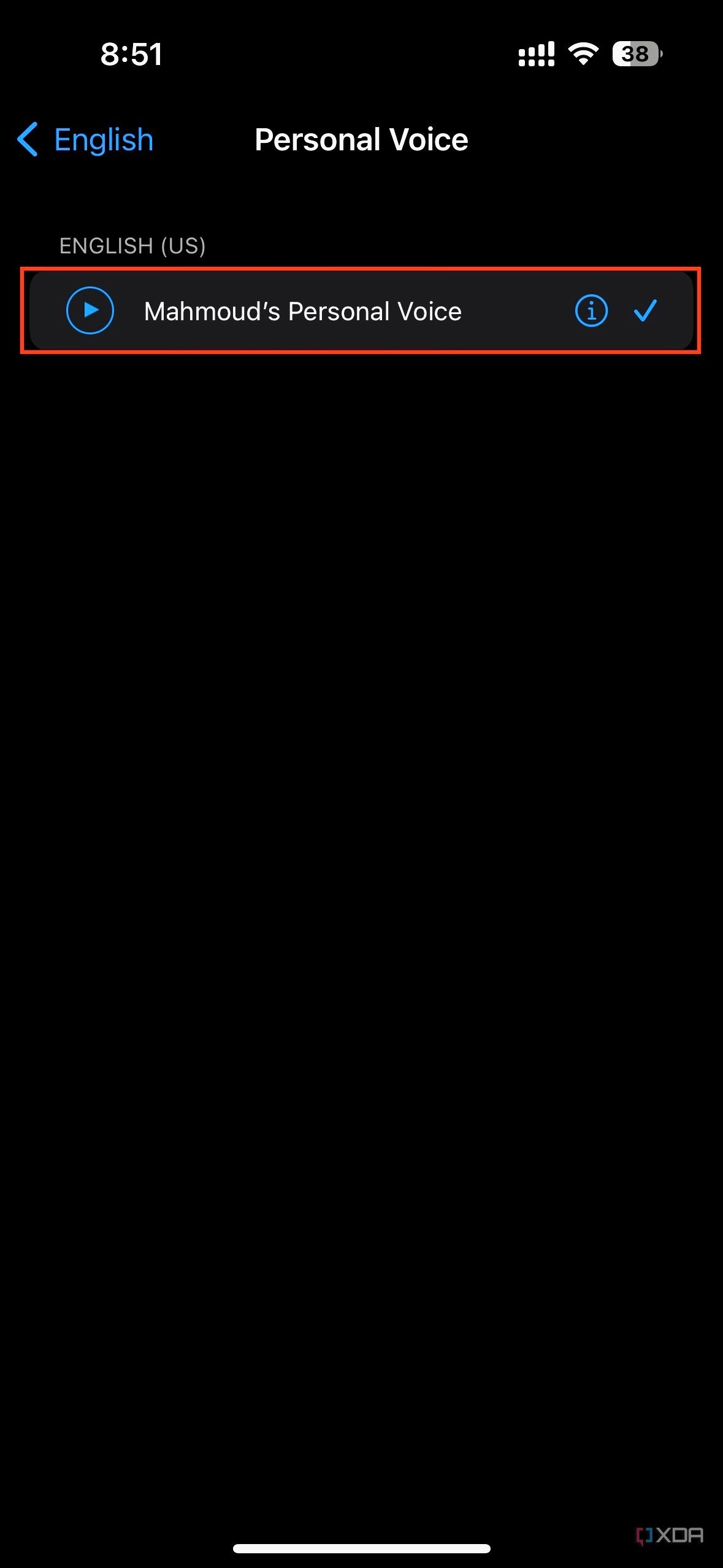Thanks to Apple's commitment to software updates, the iPhone 14 should last you for years to come. That's why if you plan to buy an iPhone 14, consider bundling it with a case, as an unprotected device typically won't last you as long. Software updates don't only provide you with the latest security patches and bug fixes, though. They also introduce new features that make your mighty device even more powerful. One example is the Personal Voice feature included in iOS 17 and iPadOS 17. So what does this addition do, and how to use it? Let's find out.
What's Personal Voice on iOS and iPadOS 17?
Personal Voice is an accessibility feature first introduced in iOS 17.0. This offering allows you to utilize the power of AI in meaningful, fruitful ways. Essentially, you get to create an artificial generation of your voice, capable of reading the sentences you type. This is helpful for people at risk of losing their voices. By preserving a digital generator that replicates their tone, a person can still speak down the road, even if they lose the ability to do using their tongue. It's also handy for those who are dealing with speech difficulties or find it challenging to utter words at all times.
Using the Personal Voice feature on an iPhone or iPad
- Launch the Settings app on your compatible iDevice running OS version 17 or later.
- Go to the Accessibility section.
- Scroll down, and tap on Personal Voice.
- Tap the Create a Personal Voice button.
- Verify your identity using Face ID or Touch ID.
- Tap on Continue.4 Images
- Again, tap on Continue.
- Give your voice a name, and tap on Continue when done.
- You will be asked to read 150 phrases in a quiet environment to train the ML model. This should take around 15-20 minutes.
- Once done, you must leave your iDevice locked and connected to a power source for it to generate the artificial voice. It personally took me three full nights of charging for it to complete the process. Of course, the process automatically pauses and resumes based on the charging and locking states of the iDevice.
- When the Personal Voice is ready, iOS/iPadOS will send you a notification stating that.
- You will now have to go Accessibility settings again and tap on Live Speech.4 Images
- Enable the Live Speech toggle, then go to the English (US) section.
- Tap on Personal Voice.
- Click on the Personal Voice you've created.
- Now, whenever you want your iDevice to speak using your artificial voice, triple-click the Side button.
- Type what you want it to say, and hit the Send button.4 Images
- Your iDevice will now speak loudly using your Personal Voice.
- You can use the feature across many apps and even during phone calls.
Personal Voice is certainly a powerful feature that boosts your iDevices, especially since it works offline and doesn't communicate with Apple servers. Once you set it up on one iDevice, it will automatically sync to all of your compatible Apple products. This means that you only need to go through the recording and training processes once. After the voice is ready, it'll be available to use indefinitely, assuming you've enabled iCloud sync.

